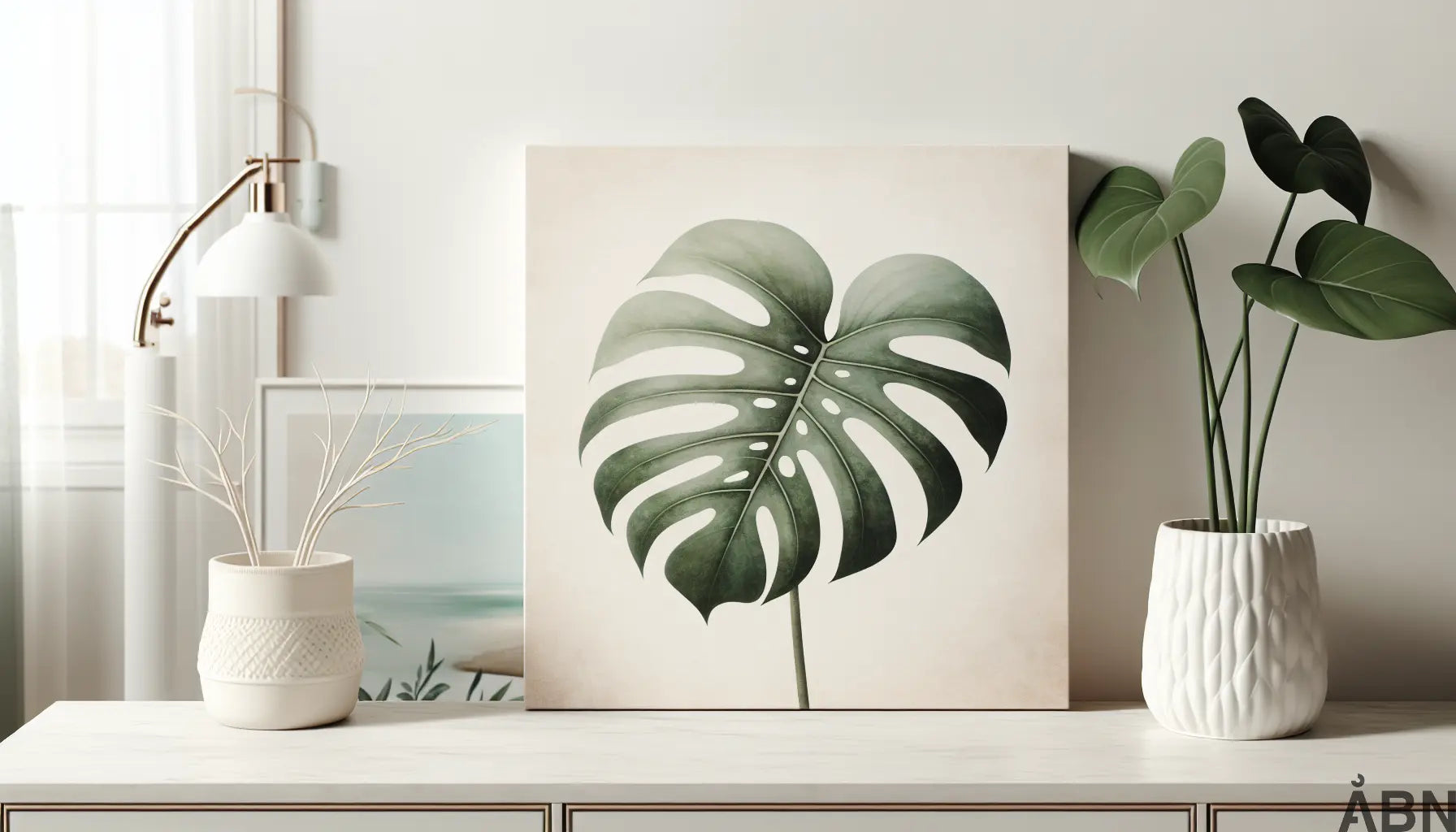The best plants for a healthy indoor climate
In the quest for a healthier indoor climate, there is a simple yet effective solution right in front of us - plants. Plants have been shown to have a positive effect on both air quality and well-being in our homes and workplaces. But which plants are best suited for the purpose? Let's explore some of the best plants for a healthy indoor climate, based on the latest research.
According to a study by SBI , green plants can significantly improve indoor air quality by reducing air pollution and increasing humidity. Plants absorb carbon dioxide and release oxygen through the process of photosynthesis, resulting in cleaner, fresher air.
Research from Grøn Jord shows that plants not only contribute to better air quality, but can also increase well-being and productivity. This is due, among other things, to the ability of plants to reduce stress and create a more pleasant atmosphere.
According to Bolius , plants have a direct positive impact on both the indoor climate and the working environment. They can reduce noise, regulate humidity and even help reduce sick leave in the workplace.
It's clear that plants play a crucial role in creating a healthy indoor climate. But which plants are best for the purpose? Here are some of our recommendations:
Peace lily (Spathiphyllum)
Known for its air-purifying properties and ability to absorb harmful substances like formaldehyde and benzene, the peace lily thrives in shady environments and requires minimal care, making it ideal for offices and bedrooms.
Ferns (Nephrolepis exaltata)
The fern is an excellent humidifier and can reduce dry air and improve indoor climate in rooms with low humidity. It thrives best in well-drained soil and indirect light, making it suitable for bathrooms and kitchens.
Grape plant (Epipremnum aureum)
The grape plant is a robust plant that thrives in varying light conditions and can absorb harmful substances such as formaldehyde and xylenes. It is easy to care for and can hang from a shelf or stand on a shelf, making it ideal for small spaces.
Monstera (Monstera deliciosa)
Known for its beautiful, perforated foliage and air-purifying properties, the Monstera thrives in indirect light and requires moderate watering. It is ideal for living rooms and offices, where it can add a touch of nature.
Questions and answers about plants and indoor climate
Which plants are best for purifying the air?
According to research, plants such as the peace lily, fern, and grape plant are among the best at purifying the air and removing harmful substances.
How can plants improve well-being in the workplace?
Plants can reduce stress, increase productivity and create a more pleasant atmosphere, which can have a positive impact on well-being in the workplace.
Are there plants that can reduce sick leave?
Yes, plants can help improve the indoor climate and reduce sick leave by reducing air pollution and creating a healthier workplace.
At ÅBN, we believe in the importance of a healthy indoor climate and work to create technological solutions that make it easy to monitor and improve indoor climate. Visit our website to learn more about our innovative solutions such as The Cloud and Behavior Change documentation and feel free to contact us for advice, data or solutions. Let's create a healthier and more sustainable indoor climate for the future together.









